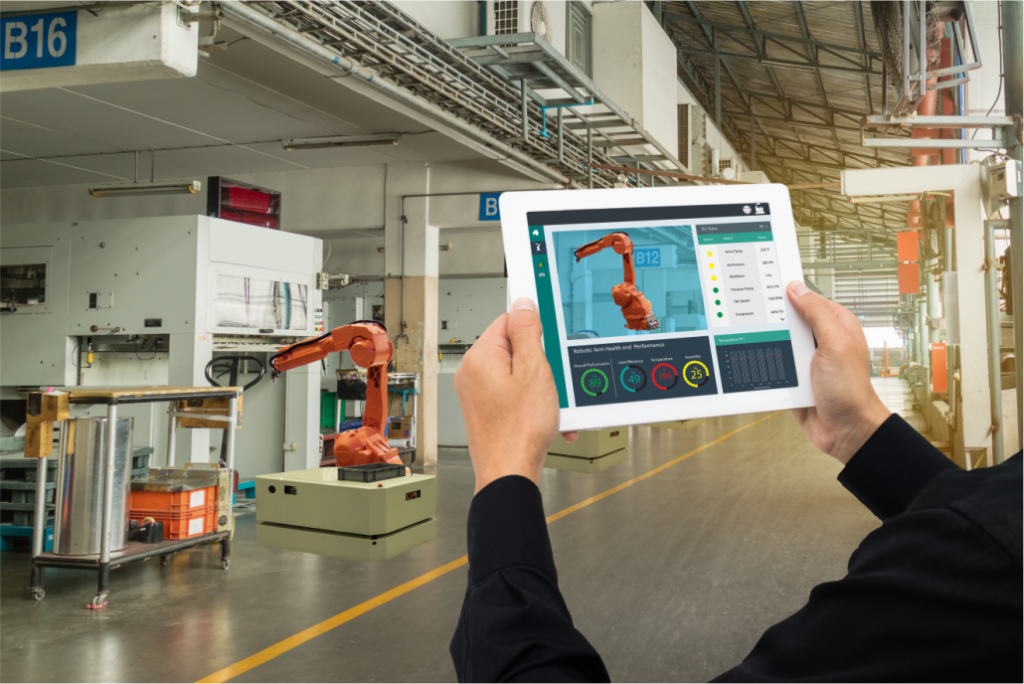factors of Ergonomic Risk Based on the NOM-036-STPS-2018

Receive a Course Pre-Quote by Email
Let a Sales Advisor Contact You by Email
Temarios Cursos- Inglés
Receive complete information in your email!
OBJECTIVE:
- Learn the requirements of ergonomics for projects of work improvement and productivity in the organization.
- Know the content and applications of the NOM-036-1-STPS-2018 and you will be able to assess ergonomic risk conditions in your workplace.
BASIC COURSE INFORMATION:
ADDRESSED TO:
People in charge of ergonomics and work productivity, technical and/or administrative processes of any kind of industrial organization or service.
DEVELOPING COMPETENCIES
Continuous improvement, problem analysis, orientation to results.
SYLLABUS
1.- Background of Ergonomics.
2.- Labor Risks and Quality Costs.
3.- Process Analysis, Workstation and work fatigue.
4.- Introduction to NOM-036-1-STPS-2018.
-Relationship with NOM-006-STPS-2014.
5.- Objective and application field of NOM-036-1-STPS-2018.
-Whom does it apply to and whom does it not?
-What does it apply to and what it does not?
6.- Obligations of the employer in NOM-036-1-STPS-2018.
-Application stages 2020 and 2023.
7.- Obligations of the employees in NOM-036-1-STPS-2018.
8.- Analysis of ergonomic risk factors by manual handling of loads.
9.- Prevention measures and control of ergonomic risk factors by manual handling of loads.
10.- Surveillance of workers’ health.
11.- Risk estimation due to lifting and transporting loads, and manual loading operations in the work group.
12.- Risk estimation by pushing and dragging loads with or without auxiliary equipment.
13.- Additional ergonomic evaluations.
14.- Development and training.
15.- Proposals for improving ergonomics and productivity.
16.- Practical exercises and evaluation of participants.
BENEFITS
- Increase work productivity through the implementation of good ergonomic practices.






